Archive for November, 2024

Space in a New Light Preview | Major Graphics Update
Nov 26th
Update 35 – An Early Look
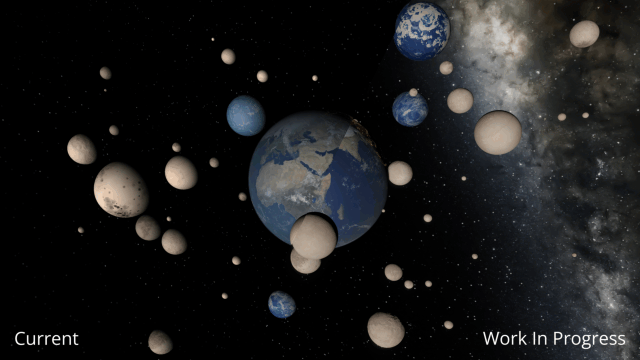
Immerse yourself in a universe more awe-inspiring and realistic than ever before with our next-generation Universe Sandbox graphics update. We’ve spent the last two years completely replacing our 10-year-old graphics technology with a state-of-the-art system in our biggest update in years and our biggest visual update ever!
- Our new graphics engine is a vastly improved realistic rendering system that’s more robust, easier to improve, and lets us better show you how the universe really looks.
- Doubling down on realism brought a new set of technical and design challenges for us to tackle to make every aspect of Universe Sandbox as realistic as possible.
- We’ve completely ripped out our old graphic engine replacing thousands of lines of code.
We’ve also included many non-graphics-related improvements with this update, including
- A new interface system that automatically positions, resizes, and closes panels so you can always see the simulation.
- Editing multiple objects at once in the Properties panel. To select multiple objects, hold down Control (⌘ on Mac) and click on each object you want to include.
- All object properties now support basic math.
- New Action buttons at the top of every Properties tab instead of an Actions tab so you can quickly fly to a planet or explode it.
You can learn more about all the additions and improvements that are part of this preview version in our preview What’s New.
This graphics update is part of our plan to rewrite Universe Sandbox piece by piece with cutting-edge systems so we can continue to improve it for years to come. It’s like we’re gradually replacing every part of a spaceship out from under you while you’re actively piloting it.
Space in a New Light | Update 35 is now out!
Learn more about all the additions and improvements in this update.
A Brighter Future For All (Literally)
While not exhaustive, some of the most visually apparent changes you’ll see in Universe Sandbox are
- Focus on realism
Making Universe Sandbox look as realistic as possible with physically-based lighting has brought new challenges. For example, stars can now be realistically bright.
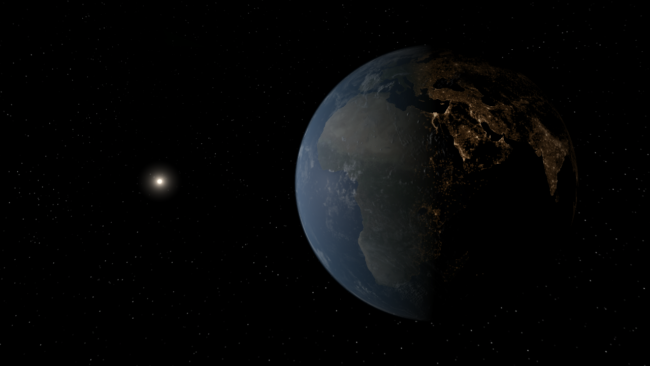
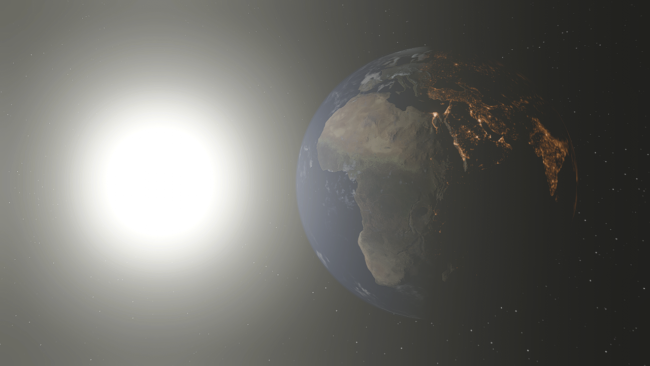
- Collisions can result in blindingly realistic hot spots. Showing the action while preserving life-like accuracy has been one of our biggest challenges.
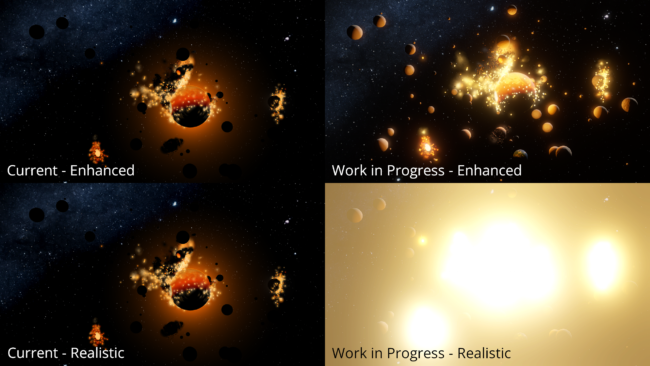
- Localized glow
Objects now bloom only in hot areas, like those created from lasers or collisions, instead of being surrounded by a single uniform glow.
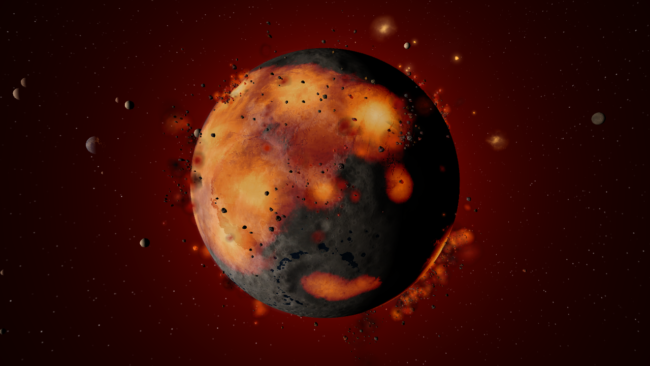
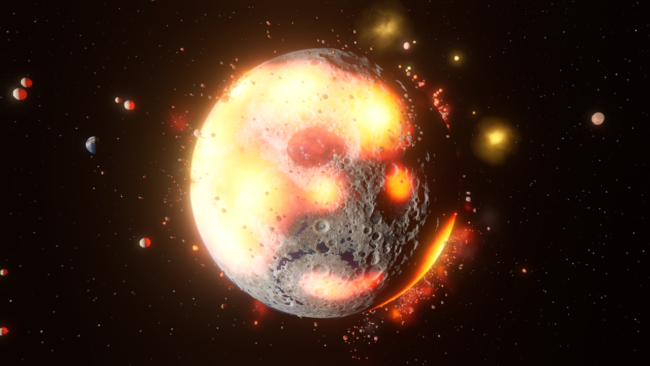
- Smoothly blending clouds
Gas and dust clouds are now soft particles that smoothly pass over planets instead of creating sharp intersections.
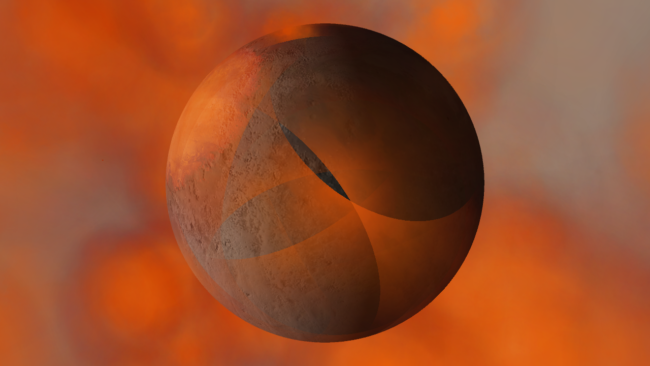
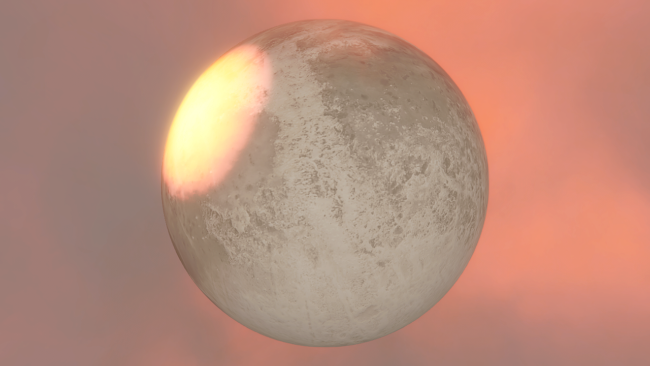
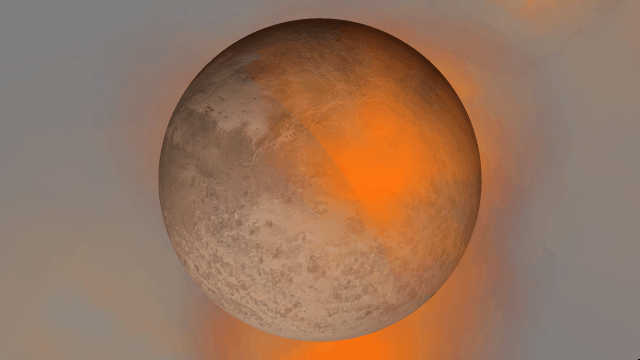
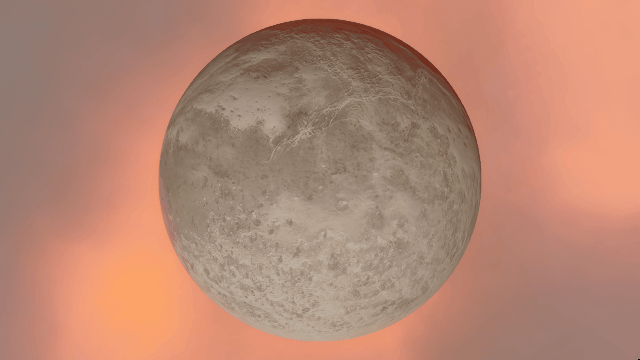
- Light from hot planets
All hot objects now emit light based on their temperature so you can use intense impacts to light up your simulation. Previously, only stars could emit light.
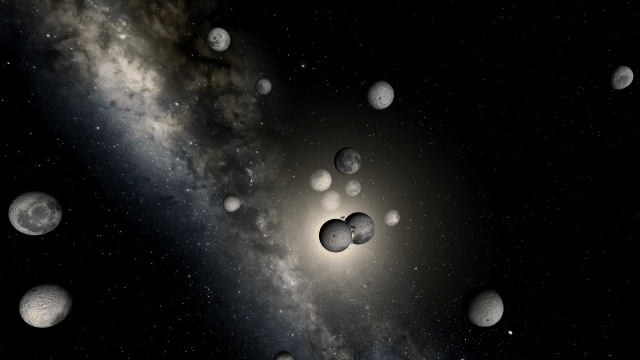
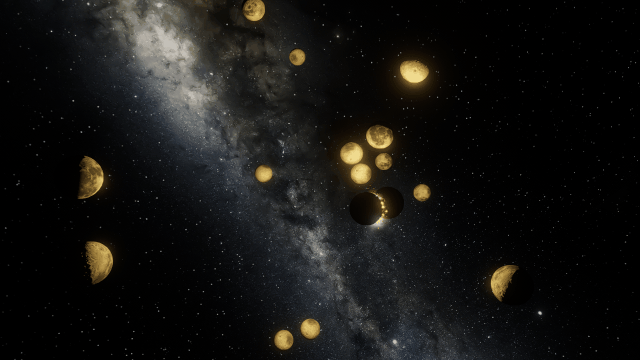
- Color temperature
The color of hot objects is more accurately based on their temperatures.
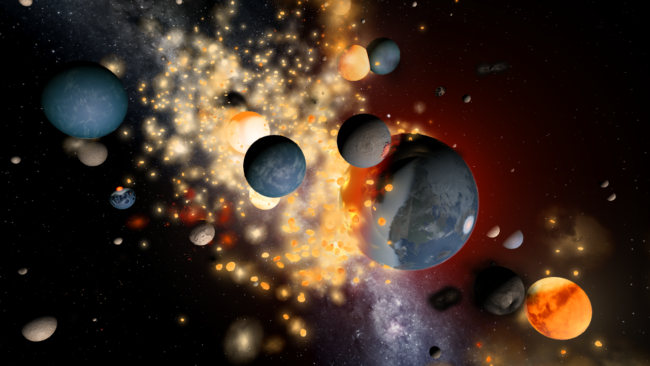
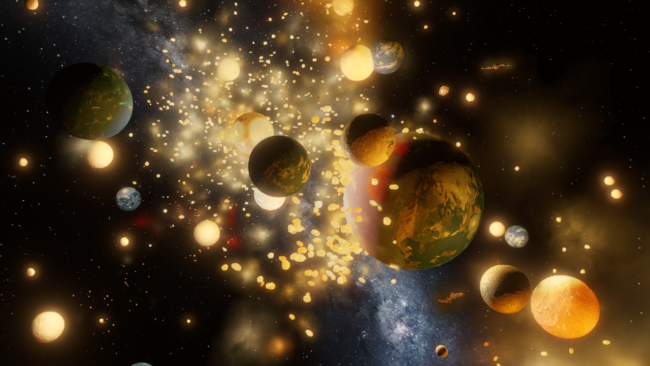
- Realistic artifacts
The surfaces of human-scale objects, or artifacts like spacecraft, have shiny, reflective metals and rough, rugged edges that interact with light more realistically.
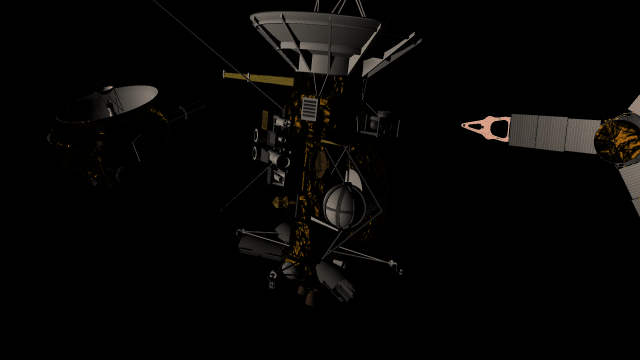
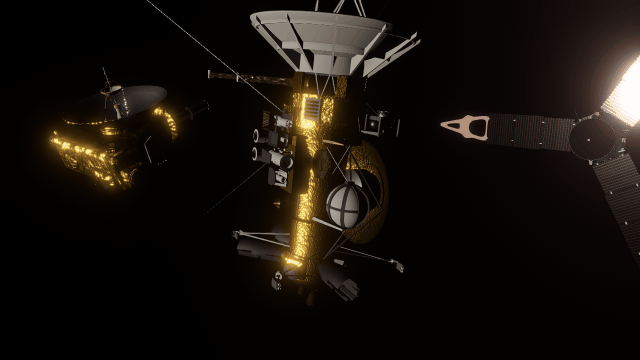
- Light intensity with distance
Objects are now always realistically lit based on their physical distance from a light source. Previously, objects were lit with the same intensity based on the camera’s distance from a light source instead of the object’s distance from a light source.
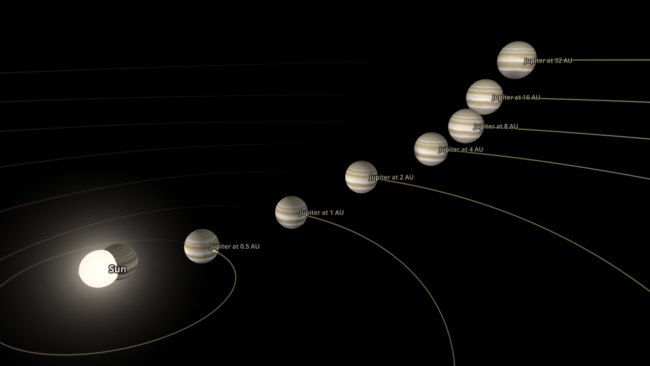
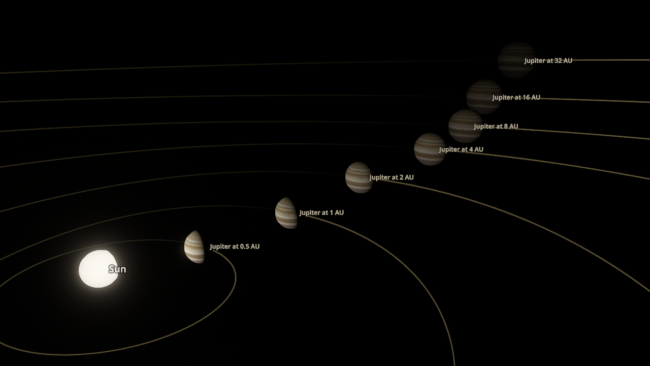
- Black holes warping black holes
Black holes now realistically warp the visuals from other black holes instead of blocking any black holes behind them from being seen. The images below are from the same simulation, with custom colors that make the black holes easier to see.
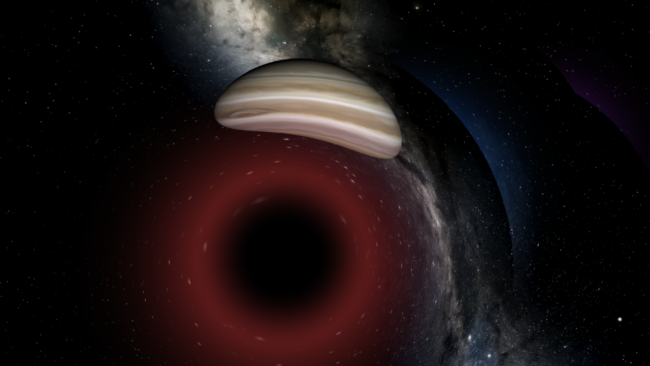
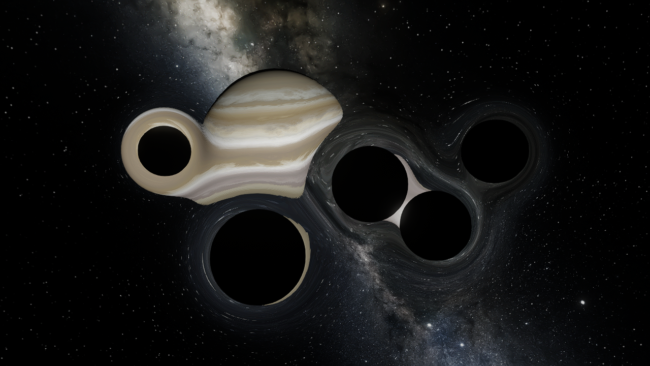
- New and improved View panel
We’ve overhauled the View panel with more intuitive controls and lighting options, including- Artificial Starlight switches between a realistic view, where only hot objects in the simulation emit light, and an enhanced view, where artificial lights also light the simulation.
- Space Goggles switches between a realistic view, where stars and collisions can be blindingly bright, and an enhanced view, to show the action while preserving realism.
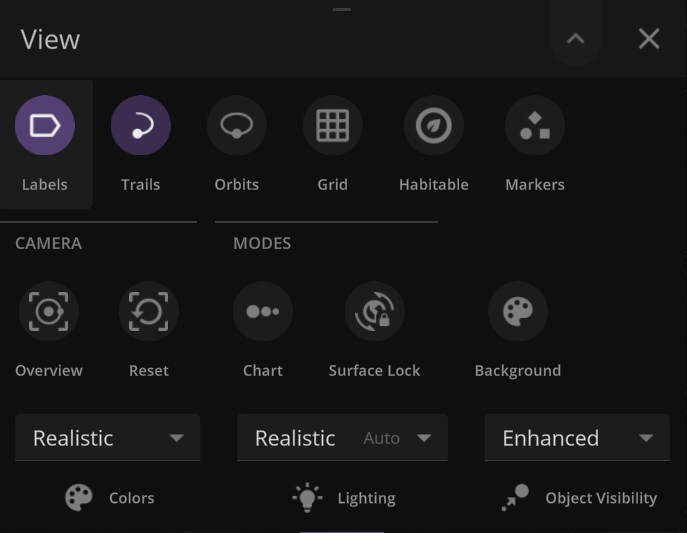
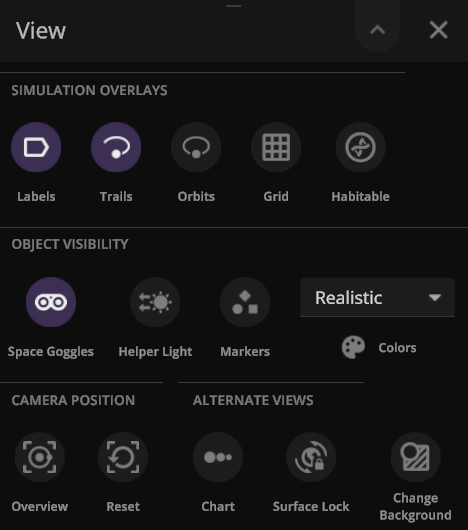
We’ve also solved some known visual issues, like the apparent “eclipses” you see after landing on a planet’s surface. Our new system solves the underlying problem – star glows (or bloom) being rendered on top of the atmosphere instead of behind it.
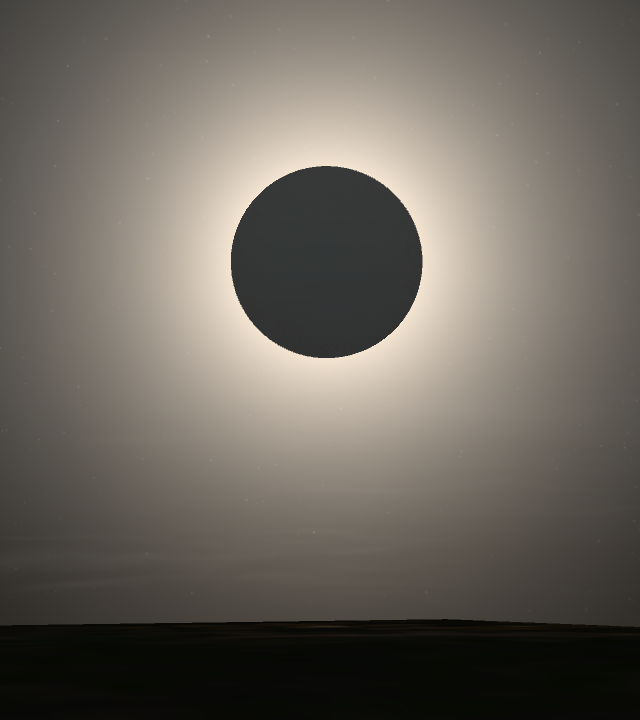
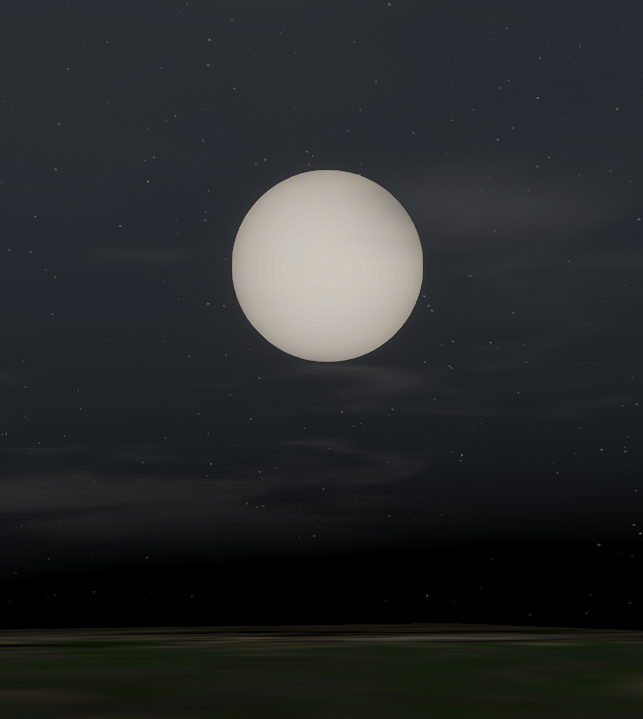
Under the Hood
Universe Sandbox runs simulations by computing how data from every object, like temperature, mass, and composition, changes over time. We also use this data to realistically create and adjust the visuals you see on your screen (called graphics rendering) using shaders.
Shaders are pieces of code that run on your graphics cards and use game data to render our graphics as the simulation changes. Shaders let us show you the universe realistically, no matter the scenario, without relying on manually animated, hand-drawn images or textures.
Our old graphics system utilized Unity’s Built-in Render Pipeline. To create realistic graphics with this pipeline, we manually wrote all the shaders in Universe Sandbox using a shader-specific programming language. This code was dense and hard to read when we wanted to update it, and every time we wanted to test a change, we needed to recompile the code to test it. This was often a time-consuming process.
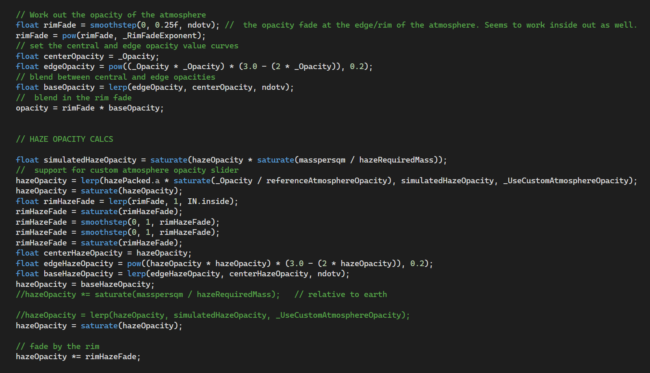
We’re transitioning our graphics rendering to Unity’s Universal Render Pipeline (URP) because it
- Includes more features we can use for realistic, physically-based lighting while still providing the flexibility to add custom mathematical modes.
- Actively gets updates and new features so we can continue improving Universe Sandbox well into the future. While Unity still supports our old graphics rendering system, it no longer receives new features.
- Comes with the latest version of Unity’s Shader Graph, a node-based visual programming language that is still receiving updates for creating our shaders.
Shader Graph also includes more built-in lighting models so we can experiment quickly by breaking the graphs into small pieces and providing visual previews without recompiling the code, reducing development time.

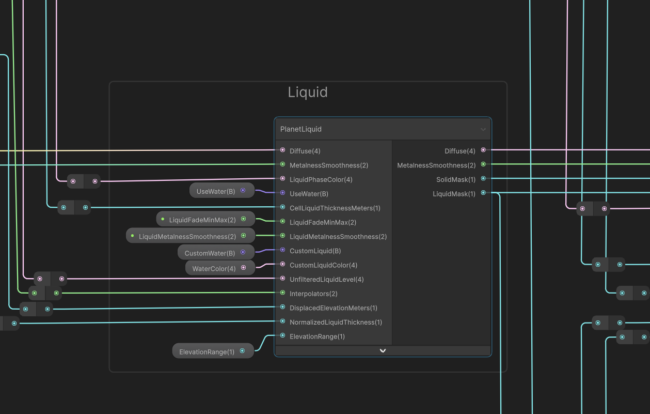
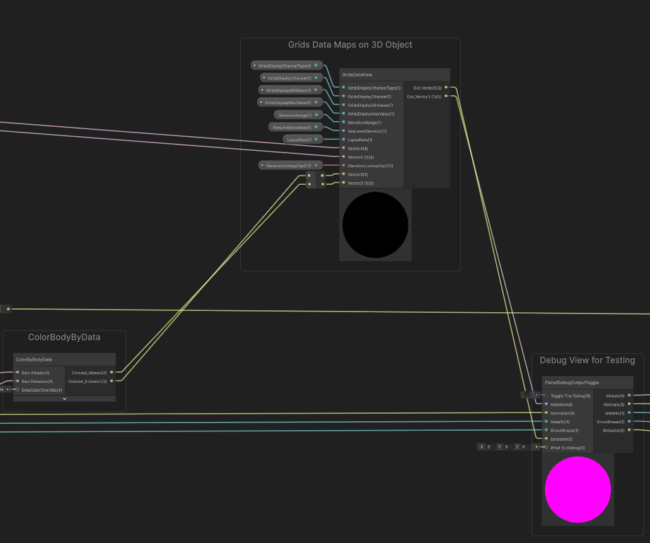
New Minimum Requirements
Improving our graphics means we need to update our minimum hardware requirements to include
- 4 GB dedicated video memory (up from 2 GB). 8 GB is recommended.
- Windows:
- DirectX 12
- Windows 10 21H1+ (support for Windows 7 SP1, 8, 8.1, and older versions of Windows 10 will be dropped)
- Apple:
- Silicon (M1 or newer). Intel Mac will no longer be supported.
- Universe Sandbox may still run on Intel-based Macs, but we cannot guarantee good performance for every Intel-based Mac.
- macOS 11.0+ (support for macOS 10.14 and 10.15 will be dropped)
- Silicon (M1 or newer). Intel Mac will no longer be supported.
While it is never fun to have support dropped, this new graphics system will allow us to improve performance and add new features to Universe Sandbox now and well into the future.
We’ll ensure all users affected by this change can always access the version of Universe Sandbox from before this minimum requirements update.
What’s Next
We’re doing more testing to track down the last remaining issues to ensure Universe Sandbox looks realistic and runs smoothly in every scenario. Many parts of our simulation already look amazing.
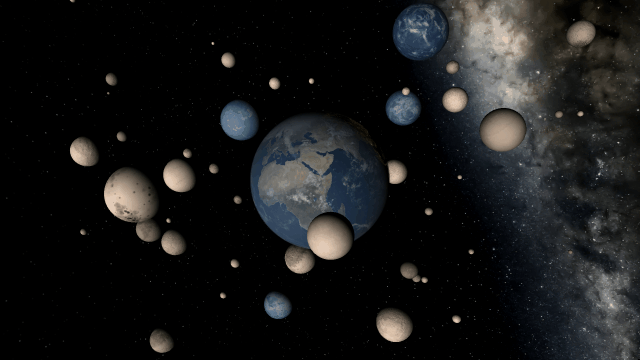
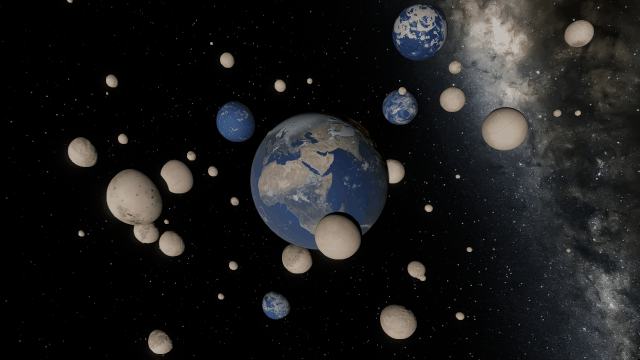
There are still a handful of issues we need to work out. These include issues like this one we solved a few months ago, where our backgrounds weren’t being rendered quite right with some graphics cards.
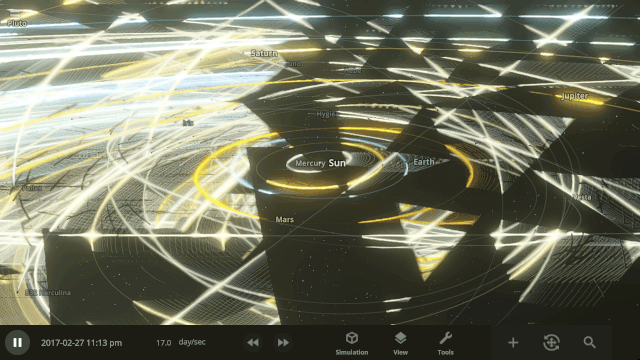
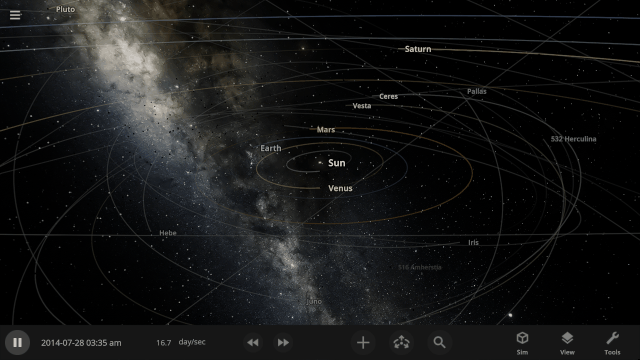
And like any new feature, there may be issues we have yet to find and fix – and you can help!
Try the preview of our next-generation graphics update right now!
Learn how to opt-in to this preview version on Steam, now available for testing and feedback.
https://universesandbox.com/support/previewversion
And Beyond
This graphics update is just the beginning of the changes to come and includes many other improvements. The first updates to our user interface system are already a part of this preview version, and we’re actively working on a complete replacement of our simulation architecture so we can continue to make Universe Sandbox even more realistic.
Unless otherwise noted, all work-in-progress images are taken using our default “Enhanced” Object Visibility mode.
Join our community discussions on our Steam Forum and our official Discord community.
Updated on March 3, 2025
